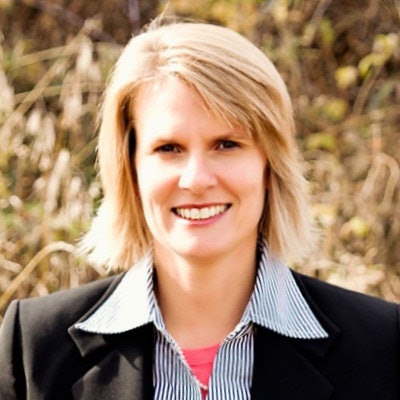
About 1 million people in the U.S. may identify as transgender, according to recent research. While Dr. Lisa Knowles understands all too well that there can be a learning curve with these patients, she asks all dental team members to focus on what makes us similar as opposed to what might be different
 Lisa Knowles, DDS.
Lisa Knowles, DDS.The first time I treated a transgender patient I really messed up. No matter how much I tried to honor her new pronoun, I kept referring to her as him -- the him I met originally. My assistants helped me out and reminded me of his transition from one gender to another, and yet when I heard her deeper voice, I struggled to remember he was now a she.
She was patient with me, but I could tell I let her down when I accidentally spoke the wrong words. I corrected myself quickly when I made the error, but I was nonetheless disappointed in myself for not getting it right for this patient.
Transitioning from one gender to another is mentally and physically challenging for our patients. So, being prepared and educated about our patients who identify as transgender is helpful for both our practice and our patients.
Gender identity
The term transgender historically referred to as a sexual orientation, but more current thought refers to it as the way someone chooses to identify his or her gender. This gender identity is different than what was assigned at birth.
“Everyone wants to be treated with respect and dignity.”
How often will we see a transgender patient? An estimated 400 out of every 100,000 adults were transgender in 2016, according to a 2017 report in the American Journal of Public Health (AJPH, February 2017, Vol. 107:2, pp. e1-e8). This works out to about 1 million adults in the U.S. Researchers expect this number to grow as data from surveys that focus on identity as opposed to sexual orientation become available.
Although transgender patients live in all parts of the U.S., many are marginalized, disproportionately poor, unemployed, and homeless. We may see these patients in private practice, but statistically speaking, we will likely see them more in clinics and centers that see a higher Medicaid-based or homeless population, according to the AJPH report.
Better prepared the second time
My recent encounter with another transgender patient went much better. I was prepared and only stumbled once with a slip of mistaken gender identity. I apologized and moved on.
It's hard to not be curious about patients who differ from us. It's hard to not stare at hairy, muscular arms on a woman or a lack of facial hair or Adam's apple on a man. Our eyes are accustomed to expecting these characteristics on certain genders, but with time and experience, it's less different.
Most transgender people still have 28 to 32 teeth in their mouth. Most still have saliva pouring from their ducts. And, everyone wants to be treated with respect and dignity.
As they change, so must we. Alternatively, we can ignore treating more than 1 million people in the U.S. For me, that is not an option. As healthcare professionals, the entire population is counting on us for their care. Let's make sure our teams are ready.
Lisa Knowles, DDS, practices at Haslett East Lansing Dental Health & Wellness in East Lansing, MI, and is the founder and CEO of IntentionalDental Consulting. For more information, contact her at [email protected], or visit her website at Beyond32Teeth.com.
The comments and observations expressed herein do not necessarily reflect the opinions of DrBicuspid.com, nor should they be construed as an endorsement or admonishment of any particular idea, vendor, or organization.



















